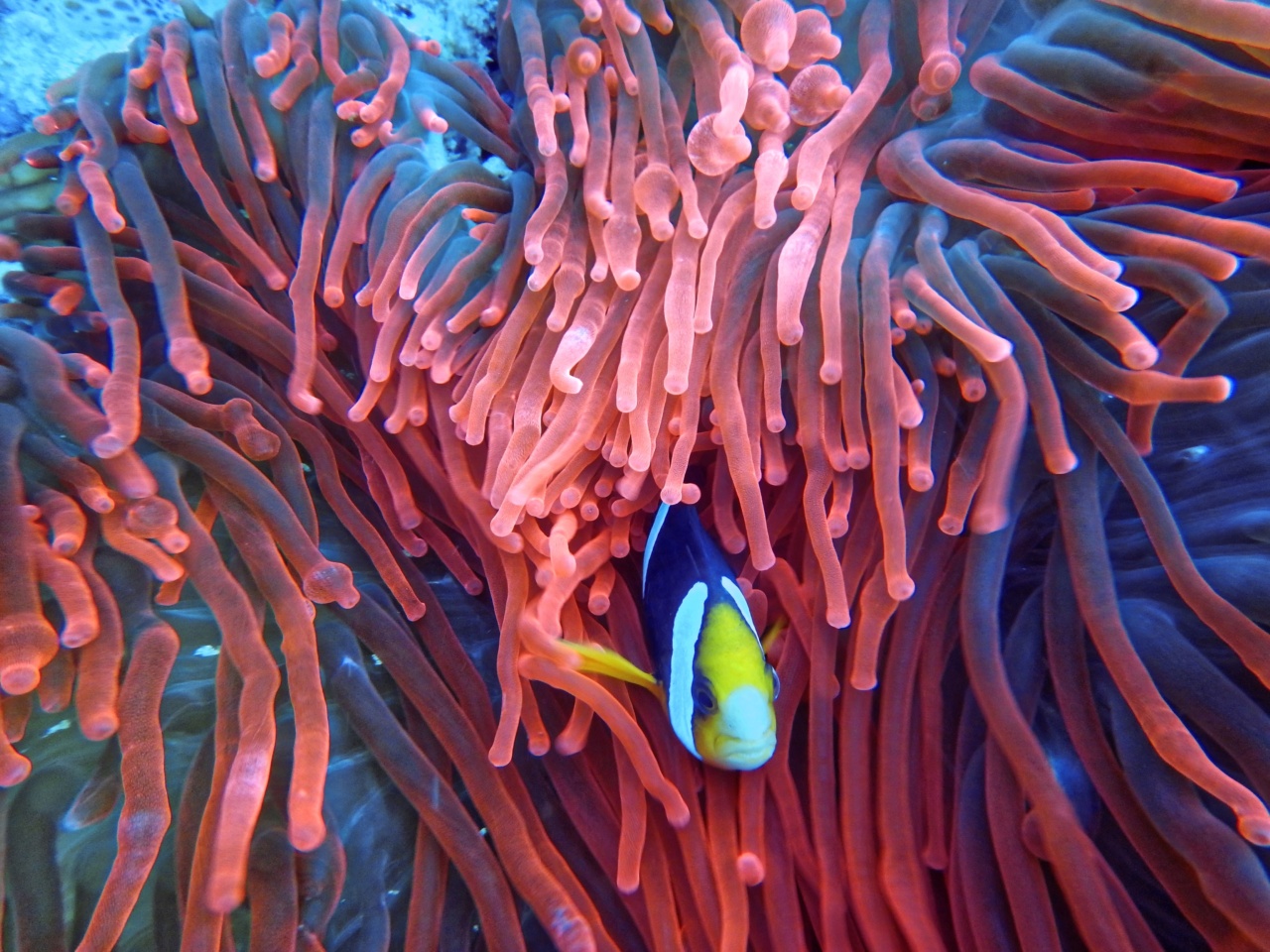For many of us, enjoying a glass of wine with a delicious seafood dish is one of life’s true pleasures. However, not all wines are created equal when it comes to pairing with fish, and it can be tricky to find the perfect match.
So what is it about certain wines that make them so well-suited to seafood, and what does science have to say about it?.
The Importance of Acidity
One of the key factors in wine and fish pairing is acidity. Fish itself tends to be quite acidic, and so it requires a wine that can stand up to that acidity without being overpowered.
A wine with too little acidity will seem dull and flat when paired with fish, whereas a wine with too much acidity will overwhelm the delicate flavors of the seafood.
There are a few different ways to measure acidity in wine, but one of the most common is pH. The pH scale runs from 0 to 14, with 7 being neutral. Most wines fall somewhere between 3.0 and 4.0 on the pH scale, which means they are quite acidic.
This is why wines with higher pH levels, such as red wines, generally do not pair well with fish.
The Role of Tannins
Another important factor in wine and fish pairing is tannins. Tannins are compounds found in grape skins, seeds, and stems, which can give wine a bitter or astringent taste.
Red wines are typically higher in tannins than white wines, which is one reason why they do not pair well with fish.
However, some white wines can also be quite high in tannins. This is often the case with oaked Chardonnay, which can have a very distinct tannic structure.
The tannins in Chardonnay can make it a great match for oily fish, such as salmon or mackerel, which can stand up to the wine’s strong flavors.
Sweetness and Umami
While acidity and tannins are important, they are not the only factors to consider when pairing wine with fish. Sweetness can also be a key component, especially when pairing with sweeter seafood such as shrimp or crab.
Additionally, umami can play a role in wine and fish pairing. Umami is a taste sensation that is often described as savory or meaty, and is found in foods such as mushrooms, soy sauce, and Parmesan cheese.
Fish that are high in umami, such as sardines or anchovies, can pair well with wines that also have a strong umami flavor, such as Pinot Noir or Chablis.
Regional Pairings
Finally, it’s worth noting that certain wine styles tend to pair particularly well with particular types of seafood, based on traditional regional pairings. For example, Prosecco is a popular pairing for seafood in Italy, particularly shellfish.
In South Africa, Chenin Blanc is often paired with fish dishes, while Sauvignon Blanc is a classic match for seafood in New Zealand.
These regional pairings are often based on the local cuisine and wine styles, as well as the availability of particular seafood.
For example, in regions where oily fish are abundant, such as Norway or Scotland, local wines with a higher acidity and more prominent tannins may be popular.
Conclusion
Pairing wine with fish is ultimately a matter of personal taste, but taking into account factors such as acidity, tannins, sweetness, and umami can help you make more informed choices.
Whether you prefer a crisp white wine with a light seafood dish, or a full-bodied red with a heartier fish dish, understanding the science behind wine and fish pairing can help you find the perfect match.































